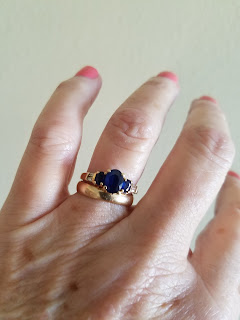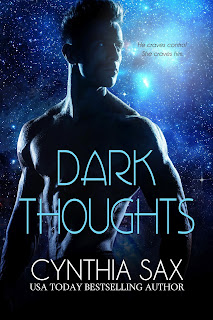Thanks for joining
us today as noted sports journalist, Adora Smutz, interviews Dan Alexander from
“Dan Alexander, Pitcher,” first book in the Bottom of the Ninth series.
Adora:
Today I’d like to welcome, Dan Alexander, all-star
pitcher for the New York Nighthawks, and resident hunk at Hingus Stadium. How
did you get to have the first book in the series, Dan?
Dan:
It’s easy Adora when the author has the hots for
you. Shhhh. Don’t tell anyone, okay? I don’t want my girlfriend to get jealous.
Adora:
Right, Dan. *Winks* Your secret’s safe with me. Hummm, now where were
we. Oh, yes, your new book. Tell me about Holly. Is she good in bed?
Dan:
What?
Adora:
You heard me. Is she hot? She looks hot.
Dan:
Hey, that’s over the line. I’m not going to tell
you about that. Geez. I thought we were supposed to talk about the book?
Adora:
Your sex life is well detailed in the book. I
understand you even raised the number of flames over some of Jean’s past books.
Is that true?
Dan:
*Grinning* When
you’re hot, you’re hot, Adora. What can I say?
Jean (author
of the book):
Good try, Dan…
Adora, his book is the same heat level as all of
my previous books, except my sweet series, which have no on-the-page sex.
Adora:
You certainly are sexy, Dan. *Fans herself* Could someone open a window in here?
Dan:
I’m taken, Adora, remember that. Now do you want
to talk about how Holly and I met or what?
Adora:
If people want to hear that crap, they can read
the book. My fans want to know what your
favorite sex position is.
Dan:
Well, I was looking up in the stands, just before
the game, and there she was…
Adora:
You’re not answering the question, Dan. Jean
assured me you’d answer my questions. It’s not too late to unpublish your book,
you know. *Trains a frosty stare at him*
Dan:
What! Unpublish me? No way. Okay, what do you want
to know?
Adora:
About the trial…
Dan:
Can’t talk about that.
Adora:
Why not?
Dan:
Jean said it would give away too much of the plot.
Adora:
Okay, so getting back to your favorite position…
Dan:
I like them all, Adora.
Adora:
*Chokes on her saliva* All!
Dan:
Yeah, put that in your pipe and smoke it. Let’s
just say I never met the position I didn’t like. How about you, Adora? What’s
your favorite?
Adora:
Oh my! *Face
turns red* Well. Uh. I guess that’s all
for today.
Dan:
Hey, aren’t you supposed to tell people where they
can get the book?
Adora:
Oh, heck, I forgot. You can find, “Dan Alexander, Pitcher” where all fine eBooks
are sold.
Dan:
It’s in paperback and audio, too. Thanks, Adora. Always
a pleasure.
Adora:
Me too, Dan. If you ever break up…give me a call.
Dan:
You won’t be lonely. I posted your phone number on
the wall in the locker room. You should be getting a few… *Cell rings*
Adora:
Excuse me, Dan. Hello? Yes, this is Adora Smutz.
You want to what? Say who are you? How tall? Blond? *She smiles and sits back in her seat* Tell me more.
Dan:
I think she’s going to be tied up for a while.
Thank you for listening to my interview. Jean…I’ll get you for this. Goodnight.
Buy Links











